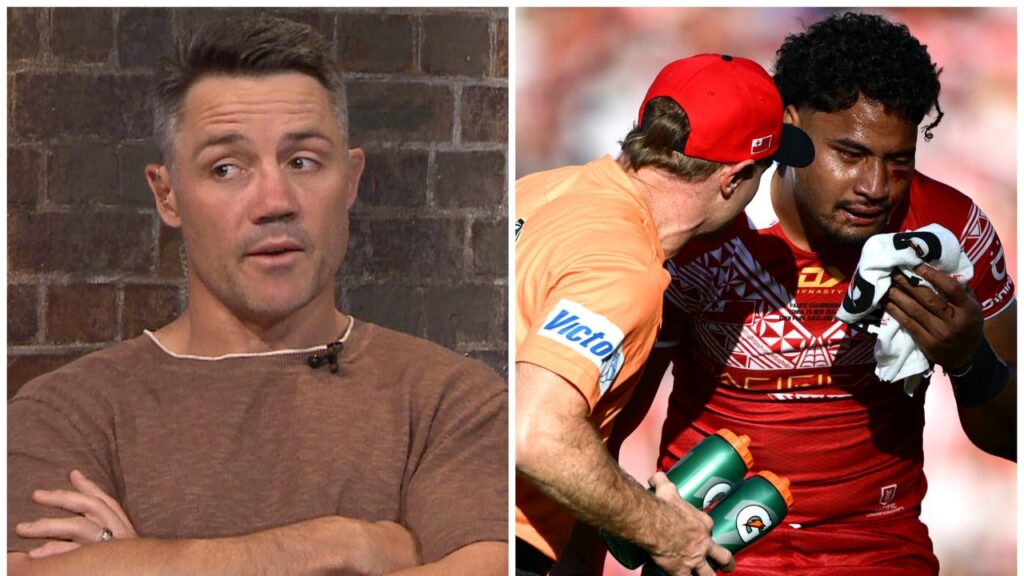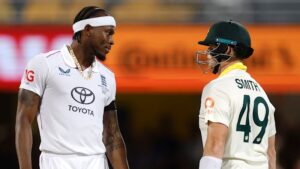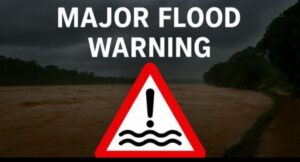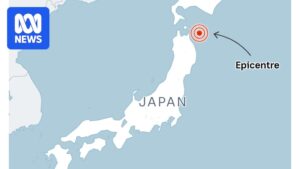
Eli Katoa’s recent medical emergency, involving a series of head injuries that culminated in emergency brain surgery, has prompted a wave of concern and calls for action within the rugby league community. The Melbourne Storm confirmed on Tuesday that Katoa, a prominent back-row player, will not be returning to the field in 2026 following his return from Auckland to Melbourne.
While representing Tonga, Katoa experienced a seizure on the sidelines, necessitating immediate medical intervention and hospitalization. The incident has raised serious questions about player safety protocols, with the Storm acknowledging that Katoa faces a “long road ahead in his recovery,” leaving his future in the NRL uncertain.
Calls for Accountability and Transparency
In an emotional address on the Kayo Sports NRL Podcast, former league star Cooper Cronk expressed his dismay over the situation, emphasizing that such incidents must not be repeated. He urged NRL officials to disclose the findings of their investigation into how Katoa’s condition was overlooked, leading to a critical medical crisis.
“This whole story is very upsetting from a lot of angles, this simply cannot happen, it should never have happened,” Cronk stated.
Cronk highlighted the importance of accountability, urging NRL leaders Peter V’landys and Andrew Abdo to ensure stringent measures are implemented to prevent future occurrences. He stressed the need for a public explanation to reassure families involved in junior rugby league about the sport’s safety.
Historical Context of Concussion Management
The NRL’s approach to concussion management has evolved significantly since the introduction of guidelines in 2014. Players are now required to stand down for 11 days following a head injury. Despite these advancements, Cronk believes Katoa’s case exposes potential weaknesses in the current system.
“The way the game is protected today, that never should have happened. It’s as simple as that, someone should be responsible, something should come of it,” Cronk asserted.
Steve Roach, another rugby league legend, echoed Cronk’s sentiments, noting the cultural shift regarding head injuries since his playing days. He expressed relief that the previous “badge of honour” mentality has been replaced by a more cautious approach.
Future Implications for the NRL
The incident has sparked discussions about potential legal ramifications, though Storm CEO Justin Rodski has refrained from speculating on this possibility. He emphasized that the primary focus remains on Katoa’s health and ensuring the team is not disadvantaged by his absence in 2026.
“Until all the information is in front of us, I don’t think it’s fair on anyone to speculate on that, other than to say that we’ll await the findings of the investigation,” Rodski stated.
As the rugby league community awaits the results of the NRL’s investigation, the incident underscores the ongoing challenges in managing player safety. The league’s response and subsequent actions will be closely scrutinized as stakeholders seek assurance that such a situation will not recur.
Meanwhile, the broader conversation about concussion protocols and player welfare continues to evolve, with experts and former players advocating for comprehensive measures to safeguard athletes’ health and well-being.







